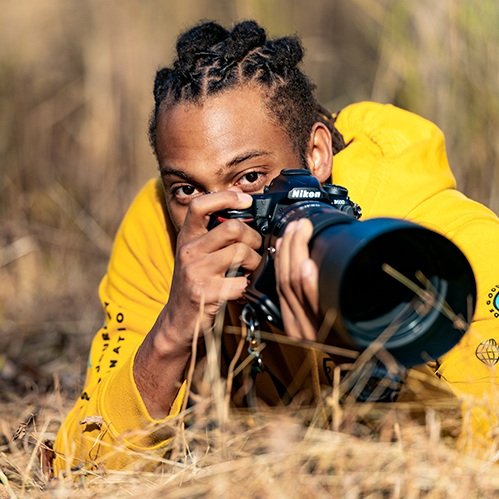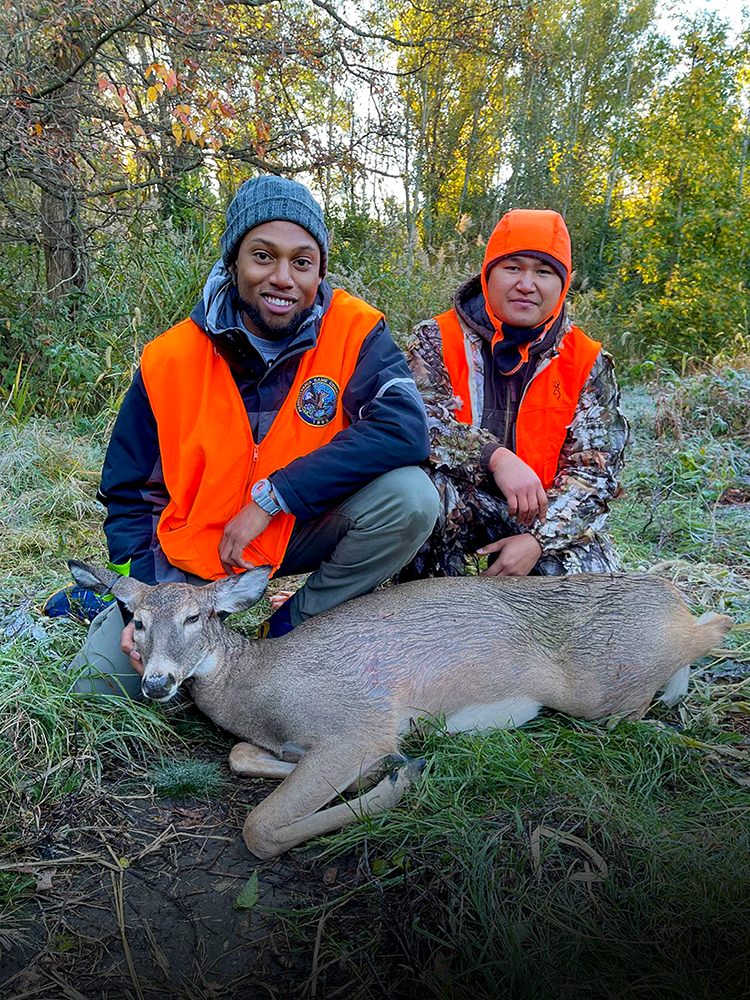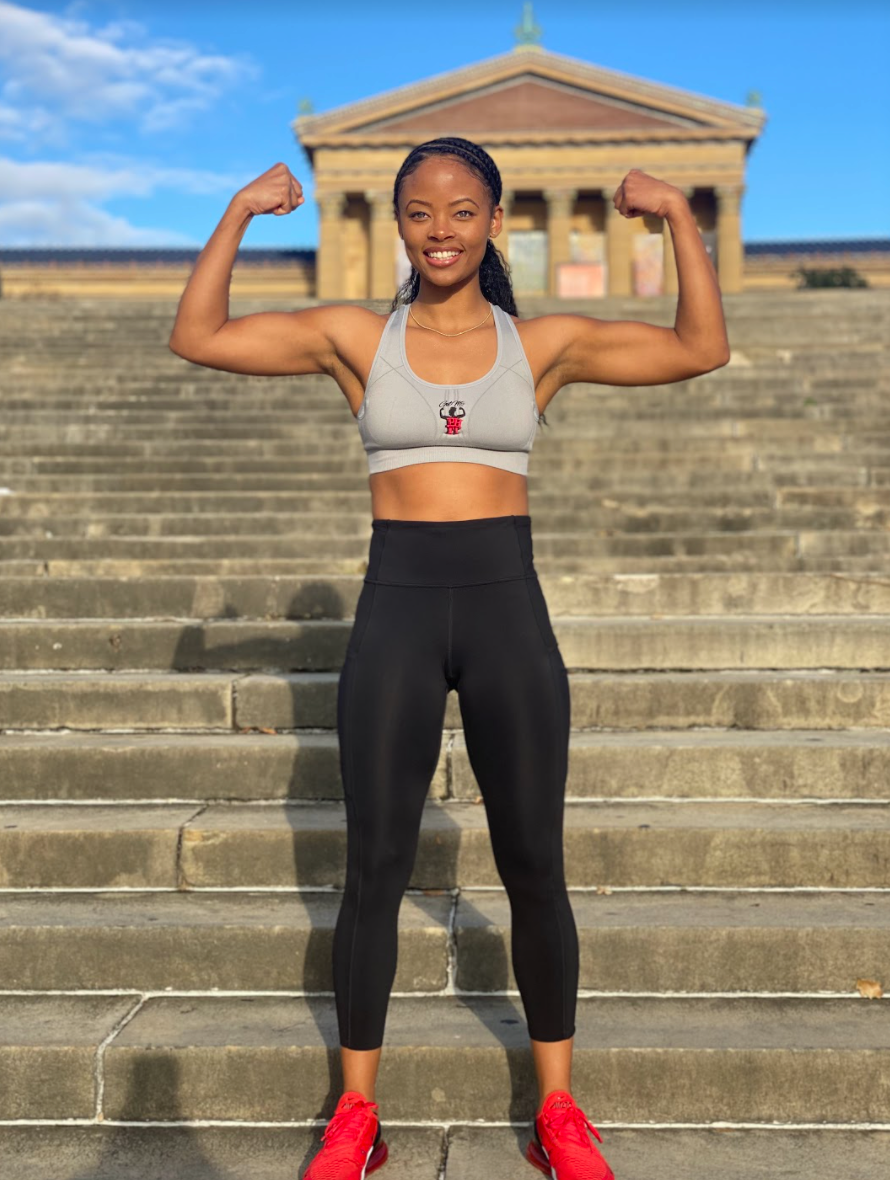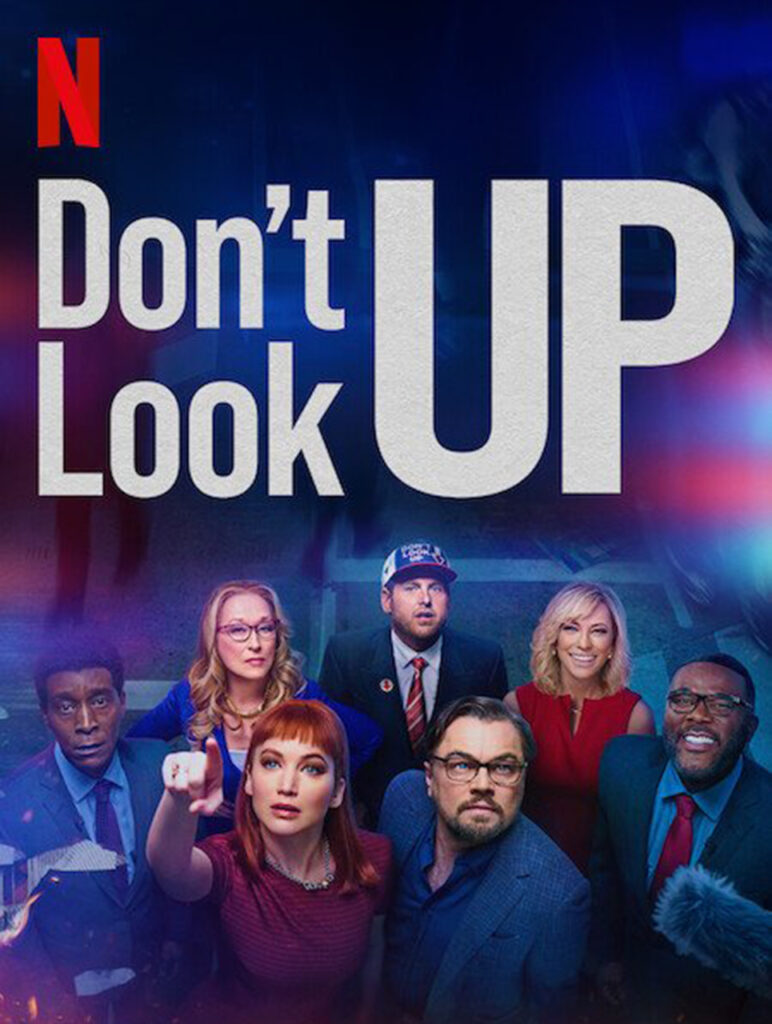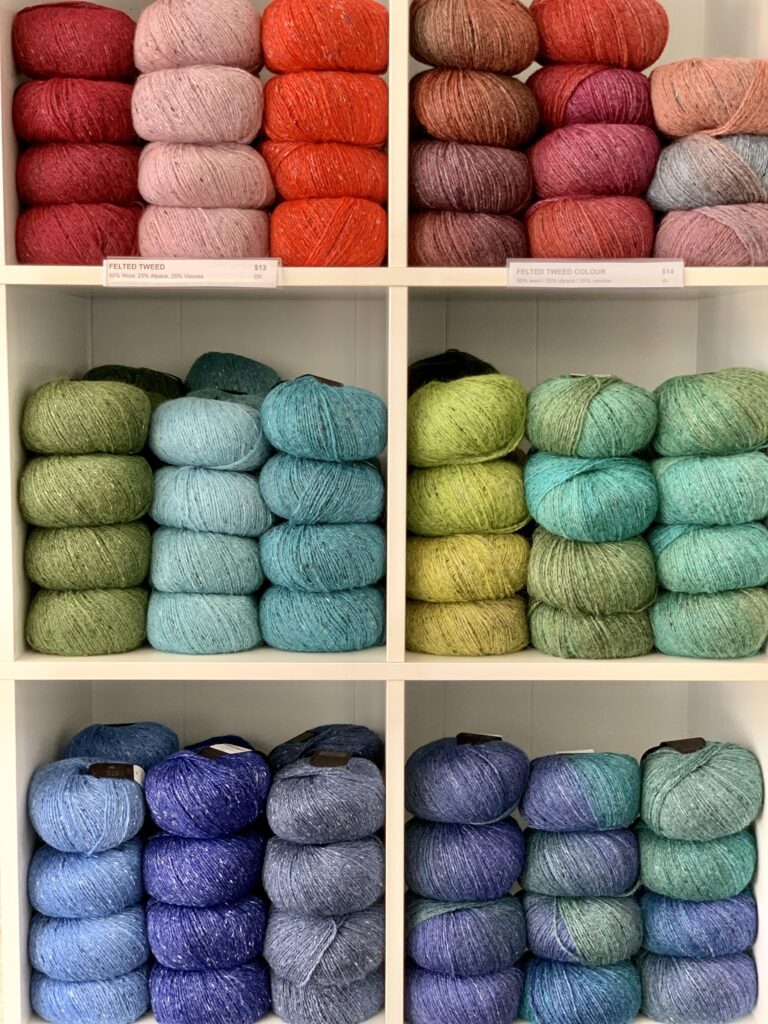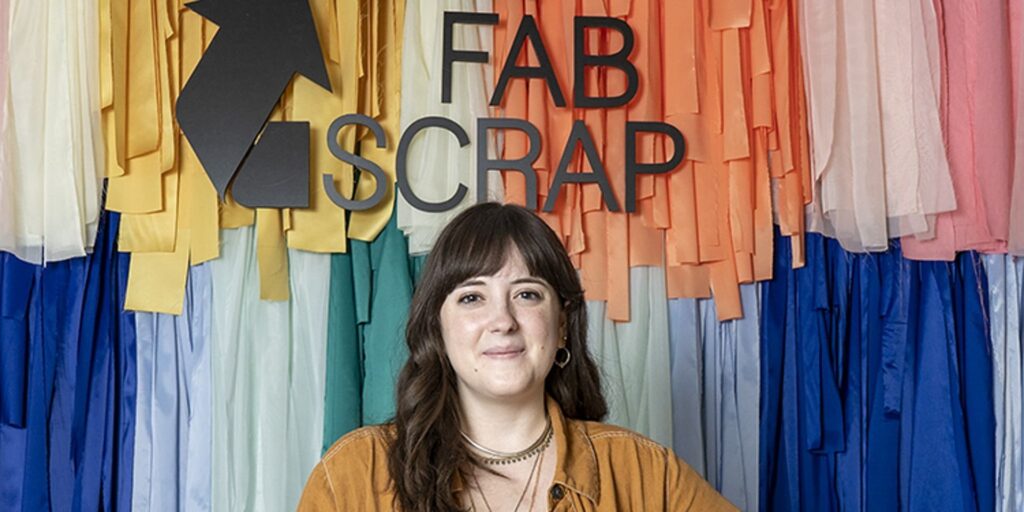In early November Troy Bynum bagged his first deer and shared a photo of it on social media. Bynum, a tech worker from Mount Airy who is also a wildlife photographer, shot it with a crossbow as part of the John Heinz National Wildlife Refuge at Tinicum’s Mentored Archery Deer Hunt.
“A lot of people thought it was strange for me to go hunting, as I am very big into wildlife photography,” says Bynum, who posts on Instagram as @tb_wildlife_photography. “I typically shoot animals, but with my camera.”
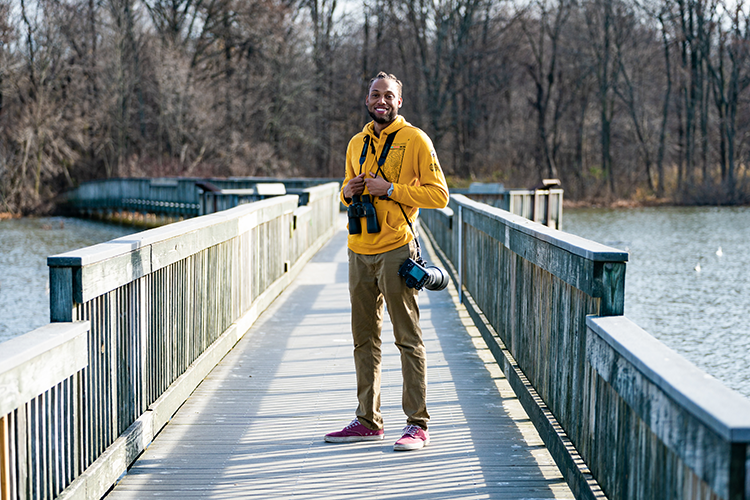
It was after Bynum learned about the ecological problems caused by high deer populations that he grew interested in taking part in the solution. In early 2020 he signed up for the program, which consists of archery training as well as classes about deer ecology. After a year-long delay due to the pandemic, Bynum was able to take part.
“Hunting has become insular. We need to recruit hunters who don’t look like us and think like us.”
— Hank Forester, hunting director for the National Deer Association
The image Bynum posted—proud hunter with his kill—is basically the same as those taken by millions of hunters every year. Unlike the vast majority of the hunters in those photos, Bynum is Black.
Hunting is one of the whitest activities in the United States.
Of the 11.5 million hunters in the country, 97% of them are white, according to the U.S. Fish and Wildlife Service’s 2016 National Survey of Fishing, Hunting and Wildlife-Associated Recreation. While 3.5% of hunters identified as Hispanic ethnicity, there were so few Black and Asian hunters that the survey wasn’t able to report a reliable estimate. Hunting is also overwhelmingly male, with only 10% identifying as female.
“Because of the state of systemic exclusion, it’s left us in a bad situation,” says Lamar Gore, refuge manager at John Heinz. “It doesn’t mean that Black and Brown people are not engaged—and they have been in history—but it’s not what you see when you go online and type in ‘hunting.’”
The whiteness of hunting culture sends a message to potential hunters from BIPOC communities, Gore says.
“They think, ‘They don’t want us there. You know what’s going to happen when we go out there,’” he explains.
In response, the refuge has focused outreach for its archery and hunting programs largely within BIPOC communities in Southwest Philadelphia.
“We’re getting a really good mix of folks,” says Gore. “We had two of our community aders come out to hunt. They didn’t get anything, but they had the best time ever, and now they’re going into the community as champions for what they experienced.”
Gore also noted the program’s success in engaging women.
John Heinz is not alone in its approach of targeted outreach and mentored hunting. Hunters of Color (HOC), which launched in 2020, works to “dismantle barriers to entry for hunters of color by providing educational opportunities, mentorships and resources for new hunters,” according to its website.
As John Heinz and HOC work for equity in hunting, some in the broader hunting community are recognizing the need for greater hunter diversity.
Hunting overall is in decline. Numbers peaked in 1980 at 17 million, or a little more than 7% of the population then. Today’s 11.5 million hunters represent about 4% of the overall population—and they’re aging.
“The baby boomers were the biggest cohort, and they haven’t recruited the next generation,” says Hank Forester, director of hunting for the National Deer Association and the cofounder of the Field to Fork hunter recruitment program, which offers hunting education combined with mentored hunts. “We’ve been watching this bubble of hunters age through.”
Hunting advocates often point out that the decline of hunting matters for non-hunters as well. License fees and taxes on gear account for almost 60% of the funding for state wildlife agencies, according to the Association of Fish & Wildlife Agencies.
Field to Fork works with 43 programs in 17 states to replicate its model. When we spoke in November, Forester had just returned from a new hunter event, held in conjunction with HOC in New York, targeting BIPOC hunters. “Hunting has become insular,” says Forester. “We need to recruit hunters who don’t look like us and think like us.”
Bynum is looking forward to the 2022 hunting season, when he plans to sign up again for the refuge’s mentored hunt. He hopes to serve as a mentor himself someday.
“I want to encourage kids that grow up in the area,” he says. “Especially Black kids that have never had a chance to go hunting, that this is something that they can do.”

